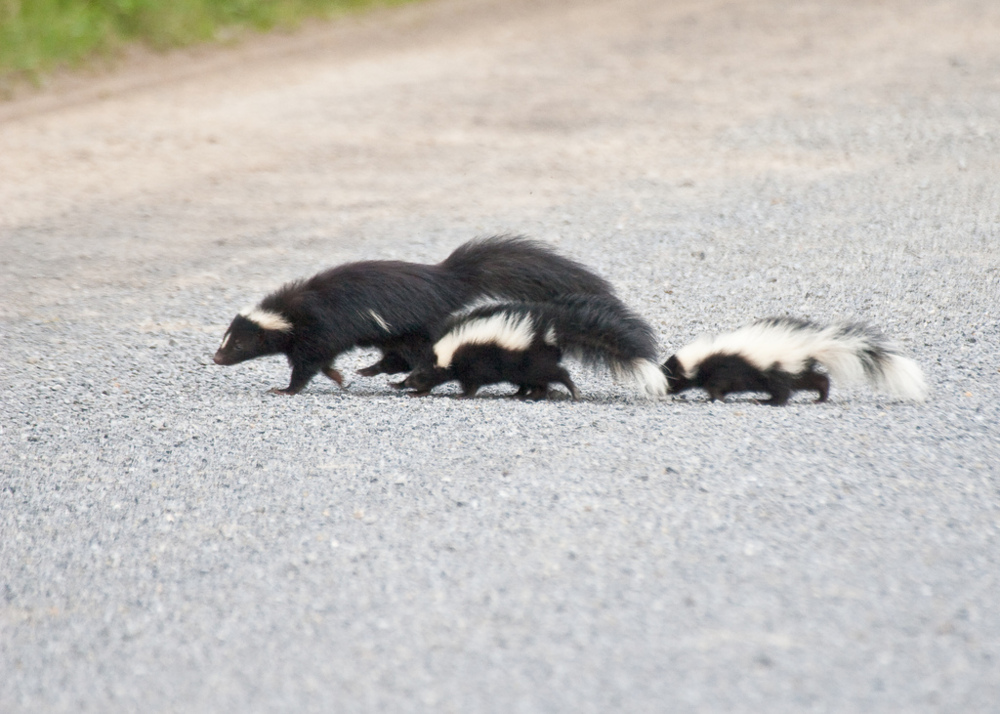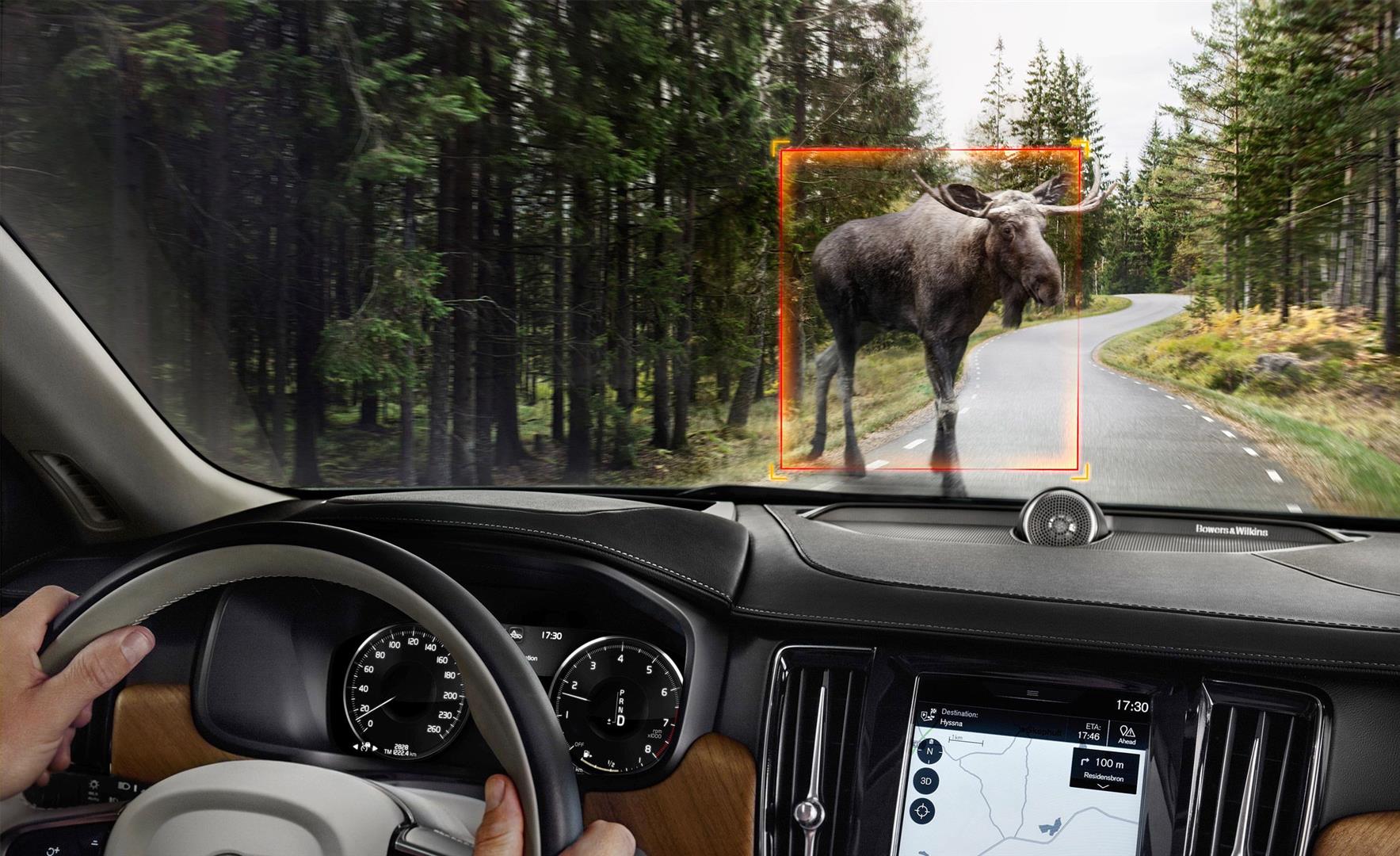Staying on top of regular maintenance keeps your vehicle running better for longer. Glenwood Auto are Trusted Saskatoon Auto Repair Experts, and we're ready to help you with all your maintenance needs. In our latest Saskatoon Auto Tip, we share some Spring driving tips on watching out for wildlife as we drive on Saskatchewan roads.

It’s amazing the effect warmer weather has on everyone! It lures motorists, cyclists and pedestrians onto the roads with an almost magnetic force. And we are not the only “creatures” that feel the pull.
As the weather warms up, more and more animals will be on the move as well. Foxes and skunks will be coming out of hibernation and looking for food. Deer and moose will be moving from their winter feeding grounds to their summer foraging spots.
Spring brings them back out and they don’t always look before crossing our roads. Hunger can drive these animals to take risks they normally wouldn't, including crossing roads they’d normally avoid.
At this time of year especially, we need to be on the lookout and expecting to see more animal movement than we saw through the winter.
Striking even one of these smaller animals can damage your vehicle. Hitting an animal as large as a deer or moose can cause serious injury or death to vehicle occupants as well as serious damage to the vehicle.

The best way to avoid or minimize your chances of hitting an animal is to slow down in rural areas or places likely to have plenty of animal movement. It’s also a good idea to slow down in limited visibility conditions, such as twilight, fog or nighttime.
Slowing down gives you four advantages:
1. It means your braking distances are considerably shorter. Simply slowing by 5 or 10 km/h makes for a noticeable reduction in braking distances. The video below,? produced by the Monash University Accident Research Centre, shows that slowing by just 5 km/h from 65 km/h to 60 km/h translated into a massive 27 km/h difference at the impact point. This is significant in terms of how much damage will be inflicted on you, your vehicle or the animal.
2. You increase your chances of swerving around the animal successfully.
An important note: If you’re not sure of your car control skills you should not try to swerve to avoid smaller animals. Too many people have lost their lives or have been seriously injured trying to swerve for an animal.
If you have not taken an advanced driver training course to learn the correct way to perform collision avoidance, it is often safer to simply brake hard and hit the animal rather than risking the loss of control in an avoidance manoeuvre.
3. Slowing down gives you more time to see the animal and more time to react.
4. Slower speeds greatly reduce the energy upon impact. The slower the speed at impact, the less energy your vehicle has to dissipate. If you decrease your speed by 20 percent you decrease the energy of the impact by about 40 percent.
When confronted with a wayward animal in your path, brake as hard as possible and hope for the best. Swerving to avoid requires proper vision technique and car control skills.
(An important exception to this advice is if the animal is very large, such as a moose or large bear. Collisions with these can be fatal in themselves. In this case, an attempt at brake-and-steer may reduce the chances of severe injuries to both parties.)
No small animal is worth anyone’s life.
Some motorists may feel they would do whatever possible to prevent the death of the animal, but their passengers or other drivers impacted by their decision may not feel the same. I would certainly hope a motorist will not swerve directly into the path of my car trying to save the life of an animal.
We may feel remorse or regret hitting a small animal but it is much better than the suffering experienced by the survivors of a motorist’s death. Now that the summer driving and road trip season is on the horizon, taking care of your car now will ensure that your car is good to go when you're ready to go. Safe travels